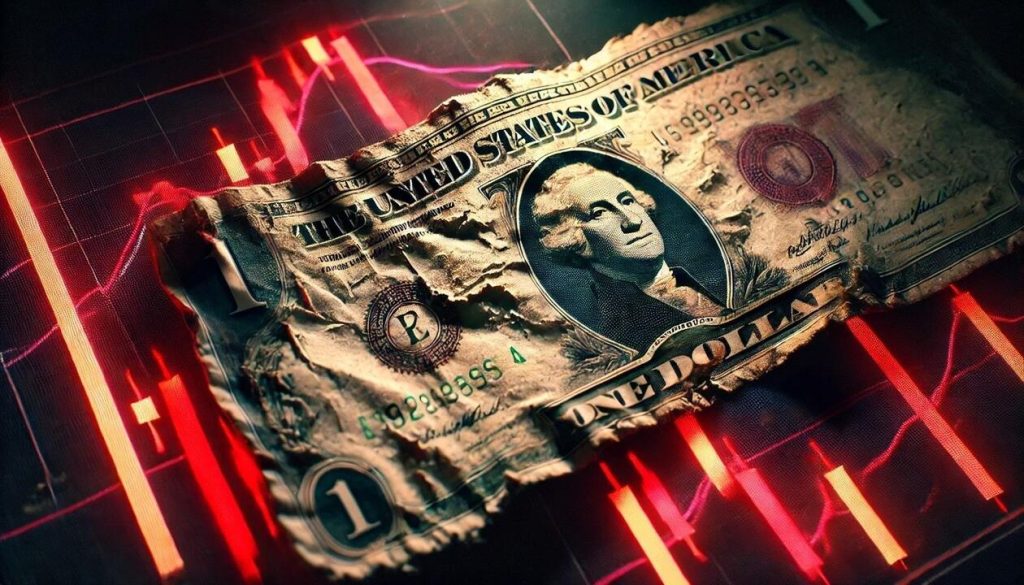In November 1974, against a backdrop of rising economic uncertainty, the Minneapolis Tribune offered a small piece of good news to struggling families: Christmas tree prices were not expected to increase that holiday season. This was during a period of significant inflation in the United States, which reached a peak of 12.2 percent that same month. The decade witnessed substantial fluctuations in the Consumer Price Index (CPI), with inflation rates spiking to 14.6 percent by March 1980. The economic climate of the 1970s was marked not only by inflation but by events such as the Vietnam War and the Watergate scandal, shifting public focus away from economic concerns until the successors of Richard Nixon, Gerald Ford and Jimmy Carter, faced the brunt of the economic malaise without the distractions that had previously consumed the nation.
The inflation of this period yielded a mixed bag of winners and losers. Those on fixed incomes or lower wages bore the brunt of the economic strain, as nominal property values surged and, consequently, property taxes rose, often leaving elderly homeowners unable to cope. Many people expressed their discontent through letters to government officials, voicing frustration over the reality that financially unsustainable conditions curtailed their hopes for stability. This phenomenon, known as “bracket creep”, pushed workers into higher tax brackets irrespective of any real income increase, compounding their financial burden. On the other hand, government revenues increased as inflation filled state and local coffers, allowing some states like California to run budget surpluses. Conversely, producers of commodities, especially in agriculture, benefited considerably from skyrocketing prices, with wheat and corn doubling or tripling in value during the early 1970s, creating a brief economic boom in certain sectors.
As inflation changed the economic landscape, attitudes towards saving and spending underwent a notable transformation. The pressures of inflation led to a culture where saving money became less appealing compared to borrowing, as individuals believed they could afford immediate purchases without postponing gratification. Economic experts pointed out this paradigm shift; where older generations emphasized frugality, younger individuals adopted a mindset geared toward consumption and leveraging credit. The advent of credit cards and Money Market Mutual Funds facilitated this change, leading consumer borrowing to escalate significantly from 1975 to 1979. This new ethos of spending rather than saving transformed the American financial landscape, disproportionately benefitting those with considerable debt, while creating an economic cycle that raised concerns for long-term stability.
Compounding the difficulties of the 1970s, inflation also contributed to a crisis of government credibility and efficacy. The economic turmoil had profound social implications, causing citizens to lose faith in their leaders and the government’s ability to manage the economy. Economic advisors like Alfred Kahn identified inflation as not just an economic issue but a social crisis that reflected a society in disarray. The political blame-shifting intensified, exemplified in Jimmy Carter’s assertion that solutions were unfathomable. In 1979, global geopolitical crises, including the Iran hostage situation and the Soviet invasion of Afghanistan, further eroded public confidence in the administration’s ability to handle domestic economic issues, leaving an atmosphere filled with disillusionment and confusion regarding the future of the American economy.
This period of high inflation and economic instability was deeply intertwined with broader social implications, paralleling insights from economists such as Milton Friedman and John Maynard Keynes. Both observed that inflation led to severe distortions in the economy, disrupting long-standing relationships between debtors and creditors and engendering feelings of inequity among the populace. Keynes famously pointed out that inflation permitted governments to seize wealth arbitrarily, resulting in newfound classes of “profiteers” who reaped disproportionate rewards amidst economic hardship. Thus, the American experience of inflation during the 1970s underscored the arbitrary nature of wealth distribution, highlighting a fundamental disconnect in the capitalist system as inflation restructured economic relationships and exacerbated societal divisions.
In retrospect, the economic turmoil of the 1970s serves as a cautionary tale about the disruptive potential of inflation. The era raises questions about whether contemporary society has gleaned valuable lessons or whether history is doomed to repeat itself with varying fluctuations in the value of money. As financial resilience becomes increasingly critical in a complex global economy, understanding the instabilities of past economic crises, like the Great Inflation, is essential for navigating future uncertainties. This historical context forces reflection on governmental roles, societal attitudes towards money, and the core principles underpinning capitalism in the face of relentless inflationary pressures. The enduring challenge remains for policymakers, economists, and citizens alike to foster a comprehensive understanding of the balance between economic growth and the preservation of individual financial stability amidst potential upheavals.

